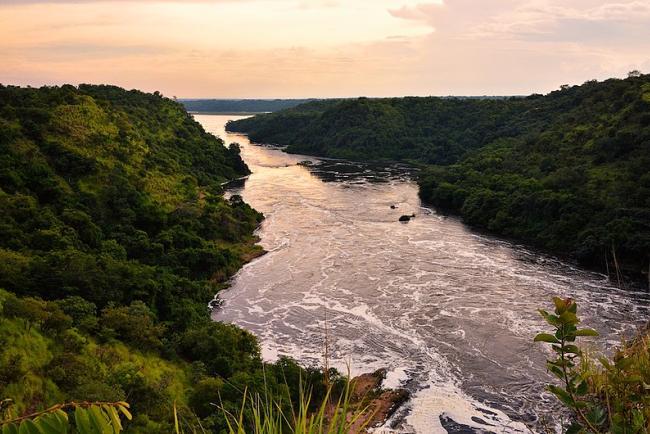
As the populations and economies of the Nile Basin countries grow, so does the demand for water, food and energy. If countries develop as planned and without coordination, this will put pressure on the already strained water resources of the region. The NBI’s Strategic Water Resources Analysis projects that the Nile Basin is likely to face severe water stress and a risk of substantial deficit in water supply. A second phase of the study now aims to generate the infrastructure and management options to meet the region’s current and future water, food and energy demands and in a more sustainable manner.
A first study established a baseline on water availability, water demand and actual water use for various sectors in the Nile Basin; compiled the countries’ water resources development plans up to the year 2050; and developed projections of water availability and wat...
Phase I – Synthesis Report
A first study established a baseline on water availability, water demand and actual water use for various sectors in the Nile Basin; compiled the countries’ water resources development plans up to the year 2050; and developed projections of water availability and water demands. All study results show that the Nile Basin is likely to face severe water stress and a risk of substantial deficit in water supply.
NBI, in partnership with the International Water Management Institute (IWMI), carried out a series of studies to refine current estimates and projections of agricultural water demand/use. It identifies options for water saving in agriculture, such as adoption of impr...
Irrigation Benchmarking
NBI, in partnership with the International Water Management Institute (IWMI), carried out a series of studies to refine current estimates and projections of agricultural water demand/use. It identifies options for water saving in agriculture, such as adoption of improved irrigation technologies, optimisation of cropping patterns across the basin and other measures.
Municipal and industrial water use in the region is projected to increase dramatically over the coming years. However, countries have a number of infrastructure and management options for water saving and tapping into alternative water sources in this sector.
Municipal and Industrial Water Use
Municipal and industrial water use in the region is projected to increase dramatically over the coming years. However, countries have a number of infrastructure and management options for water saving and tapping into alternative water sources in this sector.
With increasing demand for water and climate-related stresses, it is paramount that countries diversify their water sources so that future generations can have basic water and food security, and a sustainable environment. Desalination and water re-use offer largely u...
Desalination and Water Re-Use
With increasing demand for water and climate-related stresses, it is paramount that countries diversify their water sources so that future generations can have basic water and food security, and a sustainable environment. Desalination and water re-use offer largely underutilised options for water saving and portfolio diversification.
The Nile and its main tributaries flow through a large variety of ecosystems, each of great relevance for biodiversity conservation und human livelihoods, and providing important regional and local ecosystem services. The continued provision of these ecosystem servic...
Environmental Flows
The Nile and its main tributaries flow through a large variety of ecosystems, each of great relevance for biodiversity conservation und human livelihoods, and providing important regional and local ecosystem services. The continued provision of these ecosystem services is heavily dependent on a minimum water flow, or environmental flows, which must be considered throughout any basin planning process.
Read more about our work on environmental flows here
Climate change is expected to heavily affect water availability and variability across the basin in the years to come. Understanding these climatic changes and their likely impact on the Nile Basin is key to identifying relevant infrastructure and management options ...
Climate Projections
Climate change is expected to heavily affect water availability and variability across the basin in the years to come. Understanding these climatic changes and their likely impact on the Nile Basin is key to identifying relevant infrastructure and management options for the Nile.
Read more about our work on climate forecasting here.
Hydro-economic models (HEMs) are powerful tools to analyse water scarcity, drought, and climate change issues. HEMs can be used to test the effects of infrastructural and policy responses developed to cope with water management problems (Kahil et al., 2015).The main ...
Nile Hydro Economic Optimisation Model
Hydro-economic models (HEMs) are powerful tools to analyse water scarcity, drought, and climate change issues. HEMs can be used to test the effects of infrastructural and policy responses developed to cope with water management problems (Kahil et al., 2015).
The main purpose of HEMs is to identify opportunities to maximise the total benefits in a basin, while some models explore the potential for the trade-off between different uses. HEMs can propose options to solve the management of transboundary river water disputes by benefit sharing. In other words, a social-political problem like water disputes may be solved through HEMs. The outcome of HEMs can help riparian countries to understand water-sharing arrangements and negotiate with neighbouring countries.
